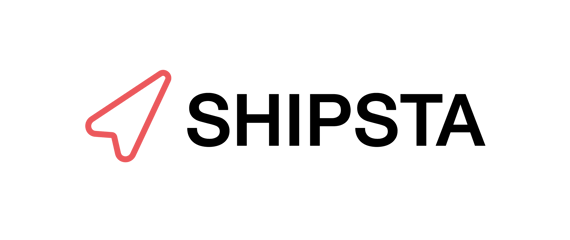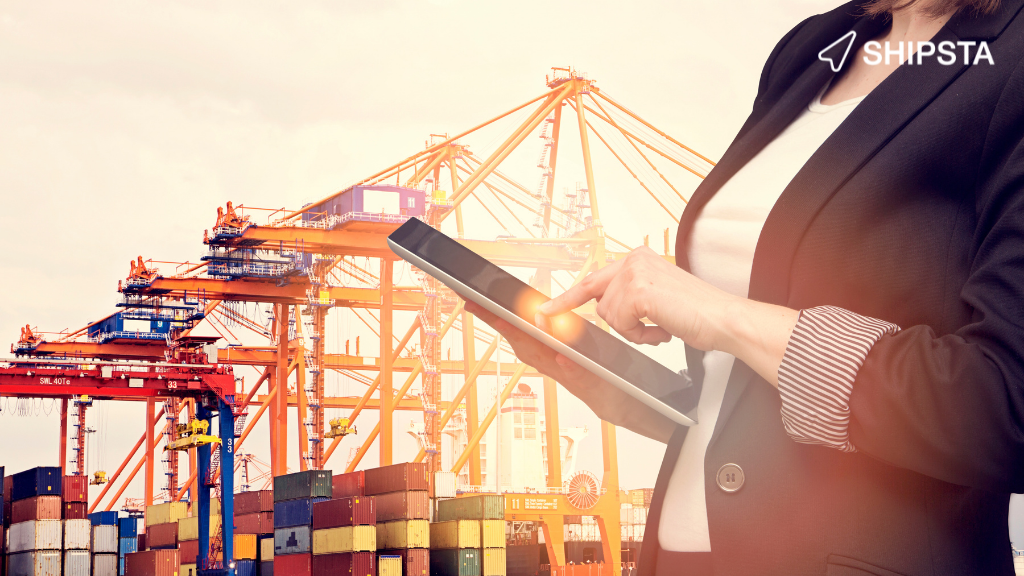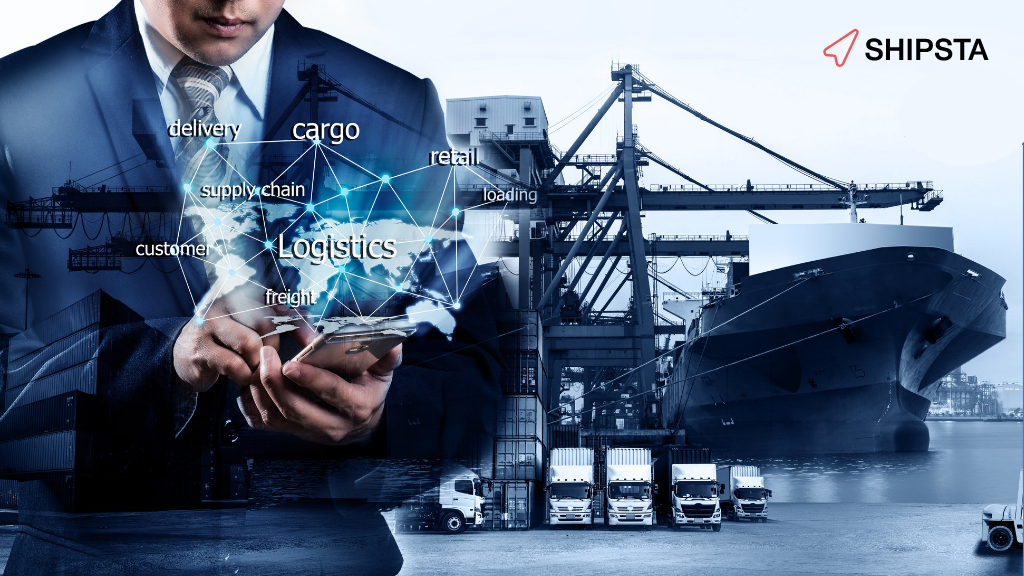IMO 2020 regulations: New Year, New Sea
Instead of a new year’s resolution, the shipping sector has a new policy from 2020 on. With full compliance, this regulation will reduce global maritime shipping emissions by 80%. The International Maritime Organisation (IMO) agreed on a new and lower global maximum of Sulphur in the bunkers.
Every shipper and every ship has to be prepared to follow the new rules of IMO 2020 regulations from the first of January on. So far the guideline mandated a maximum 3.5% sulphur content in the ship’s tank. With the start of the next decade the ships will have to restrict the share of sulphur to a maximum of 0.5% in order to meet environmental requirements. Indeed there have been Emission Control Areas (ECA) with more far-reaching emission requirements like in the baltic and the northern sea with a maximum of 0.1% sulphur since 2015.
Furthermore every European harbour has been asking ships to meet the same requirements since then. This leads to the crew simply changing the fuel when entering into an ECA, as ships are capable of changing from heavy fuel oil to marine diesel. Nevertheless, this globally applied regulation confronts the industry with new challenges.
How to meet the IMO2020 regulations?
1. LSFO
The first option to meet IMO 2020 regulations is to fill their ship’s bunkers with fuel, that contains less sulphur. More specifically, less than 0.5%. In this case no modification have to be done to the fleet. However the shippers are from there on depending on the volatility of the Low Sulphur Fuel Oil (LSFO). This is the fuel with sulphur values below 0.5%. The demand of LSFO is quite unpredictable due to the upcoming demand shock from 2020 on. Right now, in the end of December the price spread between the conventional HSFO and the LSFO is about 300$ per ton. This spread also means a price increase of about 100%, as the price for a conventional ton of fuel for the bunker is about 300$ as well.
2. Scrubbers
To free themselves from the LSFO’s volatility which could be enormously increasing by the time the agreement starts to be binding, shippers can also install so called Scrubbers. These are basically filters, that allow to keep going with the same fuel type, because the emissions are being cleaned before they enter the atmosphere. Alkaline water is sprayed into the emissions to remove the sulphur. Even though it is discussed whether this is actually environmentally friendly at all, it is an accepted alternative when facing the IMO 2020. While avoiding the risks brought by volatility of LSFO, it confronts shipowners with a high investment into their fleet. The installation costs of scrubbers, depending on the size and type of the ship, ranges between three and ten-million US-Dollar. On top of that it takes some time in the dock to fit the scrubber. The legitimate aspirations that some shippers might have is that the price for HSFO (high-sulphur fuel) will drop. From 2020 the demand for this fuel-type will drop, which might create a downward pressure on prices for fuel suppliers. The risk on the other hand is that scrubbers, as they are in discussion, might become banned in some harbour areas as well. This would mean a major loss to whom invested in them.
3. Alternative Types of Fuel
The third option to meet IMO 2020 is the least popular one at the same time. Vessels could fill up their bunkers with alternative fuels as well, like LNG for example. This, however requires a new type of engine. LNG is indeed cheaper than conventional fuel and with an emission-decrease of around 90% it outperforms them in environmental issues as well. What makes this the so far least popular alternative is the enormous cost for converting the engine. Some data is coming from Hapag-Lloyd: Converting their 15,000 TEU container ship into a LNG-propulsion costs the company a total of $30 million.
What does IMO 2020 regulations mean for your procurement of ocean freight rates?
Shippers with large volumes may be able to secure long term all-inclusive rate agreements without bunker adjustments. This gives security on the logistics budget and reduces process cost significantly because instead of running monthly or quarterly tenders as rate refresh there will be only one annual tender.
Shippers with medium size volumes may be able to secure base rates for 6-12 months, however, surcharges like BAF need to be updated monthly or quarterly.
Save process cost and run your freight tender and periodic rate refresh on surcharges through SHIPSTA FLEX. Quickly analyse your quotes and know the cost impact.
About SHIPSTA
SHIPSTA powers smart logistics procurement with a digital platform that connects shippers and carriers to ensure a frictionless procurement process for spot and contract buying, entirely online. It automates complex tasks, provides unrivalled visibility and supports fast data-driven decision-making. Designed and built by experts in logistics procurement, it is bringing transparency, automation and efficiency to the global logistics industry. It is used by some of the world’s largest companies to respond to market volatility, control freight costs and manage risk. The company was founded in 2015 and is based in Mertert, Luxembourg and Hamburg, Germany.




